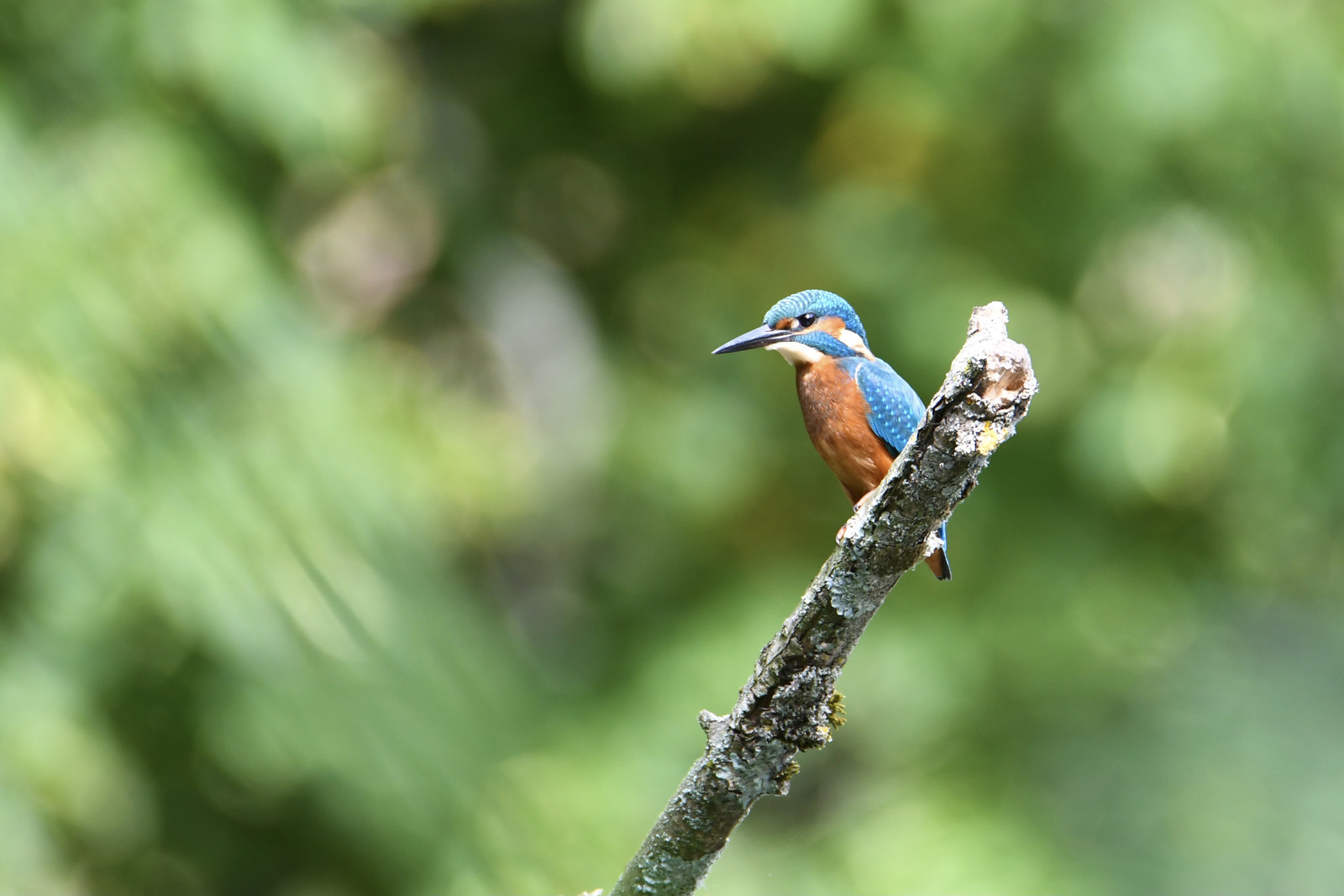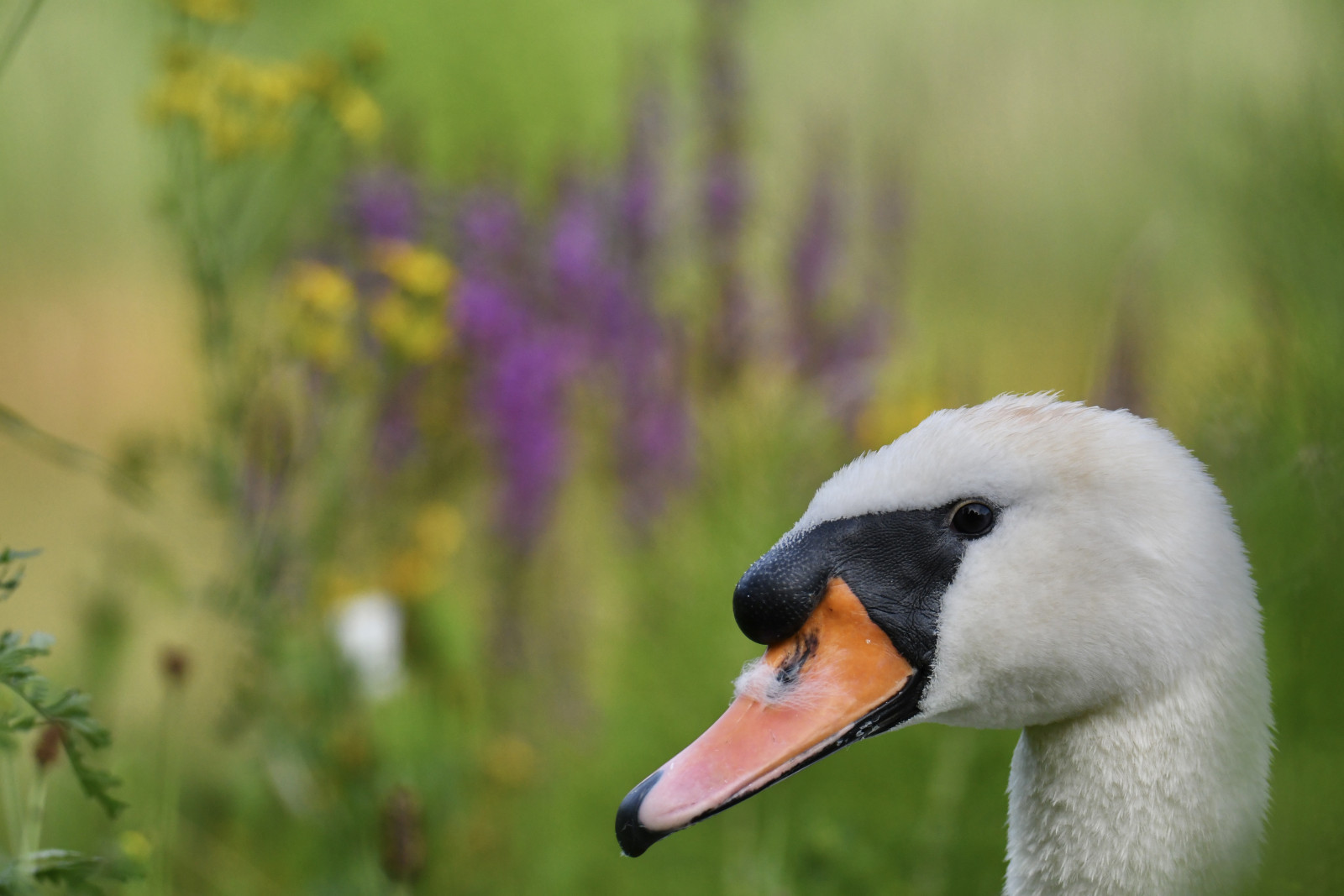Descrizione
Domaine des Silex is an interesting birding area because it is located on the edge of the Soignes forest and has 2 ponds. This means that you can see a wide variety of birds (forest birds and water birds). You can see all the species of tits present in Brussels (Cincia mora, Cincia dal ciuffo, Cincia bigia, Cinciarella, Cinciallegra and Codibugnolo), all woodpecker species (Picchio rosso maggiore, Picchio rosso minore, Picchio rosso mezzano, Picchio nero and Picchio verde), thrushes (Tordo bottaccio, Tordo sassello and Cesena), common garden and park birds (Scricciolo, Pettirosso, Passera scopaiola, Rampichino comune, Picchio muratore, Fringuello, Verdone Regolo, Fiorrancino, Colombaccio, Colombella, Cornacchia nera , Taccola, Ghiandaia and Gazza), raptors (Poiana, Sparviere, Astore, Falco pecchiaiolo, Falco pellegrino and Lodolaio) and lots of waterfowl (Germano reale, Moriglione, Moretta, Gallinella d'acqua, Folaga, [ [Dodaars]], Svasso maggiore, Canapiglia, Cigno reale, Airone cenerino, occasionally the Airone bianco maggiore, Porciglione, ,Cormorano, and the Martin pescatore!
_________________________
Français: Petite réserve Natura 2000 en bordure de Foret de Soignes avec 2 étangs, un grand et un petit(ce dernier est accessible que les samedis ou 1er dimanche du mois). Ce site est d'un grand intéret car il est en bordure de Foret de Soignes et comporte 2 étangs, ce qui fait que on peut y voir une grande variété d'oiseaux (oiseaux forestiers et oiseaux d'eau).
On peut voir ici toutes les éspèces de mésanges présentes sur Bruxelles ( Cincia mora, Cincia dal ciuffo, Cincia bigia, Cinciarella, Cinciallegra et Codibugnolo), toutes les éspèces de pics présentes sur Bruxelles ( Picchio rosso maggiore, Picchio rosso minore, Picchio rosso mezzano, Picchio nero et Picchio verde), des grives ( Tordo bottaccio, Tordo sassello et Cesena), les oiseaux communs des jardins et parcs ( Scricciolo, Pettirosso, Passera scopaiola, Rampichino comune, Picchio muratore, Fringuello, Verdone Regolo, Fiorrancino, Colombaccio, Colombella, Cornacchia nera, Taccola, Ghiandaia et Gazza), des rapaces ( Poiana, Sparviere, Astore, Falco pecchiaiolo, Falco pellegrino et Lodolaio) et plein d'oiseaux d'eau ( Germano reale, Moriglione, Moretta, Gallinella d'acqua, Folaga, Tuffetto, Svasso maggiore, Canapiglia, Cigno reale, Airone cenerino, occasionellement la Airone bianco maggiore, Porciglione, Gabbiano comune,Cormorano, et le Martin pescatore !
Dettagli
Accesso
The site is accessible by tram line 8 or bus line 17. A car park can be found on the square opposite the Chemin des Flints, by which you access the site. You can also reach the area by bike but not enter the site with the bike. Bicycle parking is available at the entrance.
_________________________
Français: Le site est accessible avec la ligne 8 de tram ou 17 de bus, et en voiture des places peuvent etre trouvées sur la place en face du chemin des silex, par lequelle vous accedez au site. Vous pouvez y acceder à vélo mais pas rentrer dans le site avec le vélo; un parking a vélo est disponible a l'entrée.
Terreno e habitat
Foresta , Zona umida , Prateria/pascolo , Alberi e cespugli sparsi , CannetiCaratteristiche dell’area
Terreno pianoPercorso ad anello
SiÈ utile un cannocchiale?
SiBuona stagione per il BW
Tutto l'annoMiglior periodo per visitare
PrimaveraPercorso
Sentiero ampioGrado di difficoltà del percorso a piedi
FacileModalità di accesso
A piediCapanno/torretta di osservazione
NoInformazioni aggiuntive
In addition to all the species mentioned above, other species can be observed on the site depending on the season. In winter, the presence on the pond of Alzavola, Porciglione, and the Mestolone can be noted. On the site you will most certainly be able to see the Lucherino, with luck Peppola, and with a lot of luck Organetto minore. Stopping on the site during migration you can see in particular Piro piro piccolo and Piro piro culbianco, Beccafico, Merlo dal collare, Saltimpalo, Balia nera ( not very frequent), Codirosso spazzacamino, Usignolo di fiume (an individual has been present on the site since October 2021), the Forapaglie comune and the Codirosso.
And finally, in summer you can see Rondone comune, many Balestruccio, Rondine, Falco pecchiaiolo, Lodolaio, Luì grosso, Luì piccolo, Cannaiola, and occasionally the Cannaiola verdognola as well as the Pigliamosche. On migration, you can see above your head the Cutrettola, Pispola, Tottavilla, Allodola, Tordo sassello, Cesena and Storno (these last 3 can also be seen on the site). Note that during the whole year you can observe with a little luck Ciuffolotto and Frosone, as well as Verdone. In flight and occasionally landed on the site you can see Cardellino and Crociere comune, but for these 2 you need a good eye!
_________________________
Français: En plus de toutes les éspèces mentionés précèdemment, on peut observer sur le site d'autres éspèces en dépendant de la saison. En hiver, on peut noter la présence sur l'étang de la Alzavola, le Porciglione, et le Mestolone. Sur le site on pourra voir très certainement le Lucherino, avec de la chance le Peppola, et avec un gros coup de bol le Organetto minore. En halte sur le site on peut voir nottament le Piro piro piccolo et le Piro piro culbianco, la Beccafico, le Merlo dal collare, le Saltimpalo, le Balia nera( pas très fréquent),le Codirosso spazzacamino , la Usignolo di fiume (meme si un individus est présent a ce jour sur le site depuis octobre 2021!), la Forapaglie comune et le Codirosso.
Et pour finir, en été on pourra voir le Rondone comune, de nombreuses Balestruccio,l' Rondine, la Falco pecchiaiolo, le Lodolaio, le Luì grosso, le Luì piccolo, la très characteristique du site Cannaiola, et occasionellement la Cannaiola verdognola ainsi que le Pigliamosche. En migration, on saura voir au dessus de nos tetes la Cutrettola, le Pispola, l' Tottavilla, l' Allodola, la Tordo sassello, la Cesena et l' Storno (ces 3 derniers peuvent aussi etre observés sur le site). A noter que pendant toute l'année on pourra observer avec un peu de chance le Ciuffolotto et le Frosone, ainsi que le Verdone. En vol et occasionellement posés sur le site on pourra voir le Cardellino et le Crociere comune, mais pour ces 2 là vous avez interet a avoir une bone ouille !



